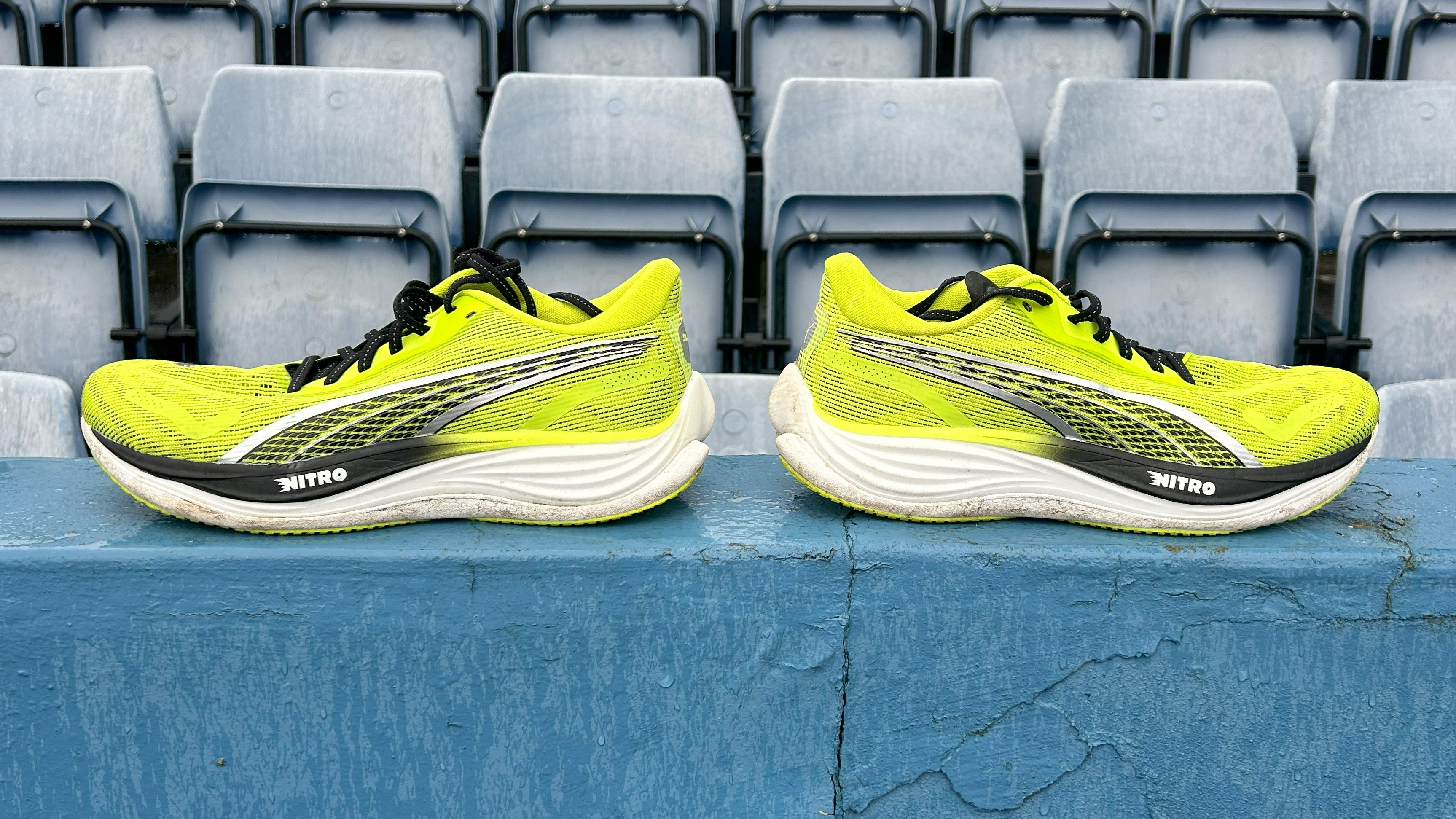
While Puma has been a mainstay for elite track athletes, it’s been a different story for everyday runners. That’s certainly changed in the last few years as the company has released shoes like the Puma Velocity Nitro proving you don’t have to spend big to get a great running shoe.
The latest — the Velocity Nitro 3 — is what you’d class as a cushioned daily trainer. Something that’s as adept at handling long Sunday training runs as it is going for an improved Parkrun time or simply just popping out for a lunchtime run.
For this third edition, Puma has focused on improving comfort and versatility, but is it enough to make them some of the best running shoes? I've been running in them for a month, doing long and short sessions and varying the pace to see how these affordable shoes stack up.
Puma Velocity Nitro 3 review: price and availability
The Puma Velocity Nitro 3 were announced on January 1st, 2024, and went on sale later that month (January 24th, 2024). The pair cost $130, so definitely more in the affordable bracket where running shoes are concerned.
Compare that to other popular cushioned daily trainer shoes like the Nike Pegasus 40 ($130) or the Asics Novablast 4 ($140), and the Nitro 3 comes in cheaper. Previous models dropped below $100 not long after release, so it wouldn't be surprising if that happened with the Nitro 3 too.
Puma Velocity Nitro 3 review: design and fit
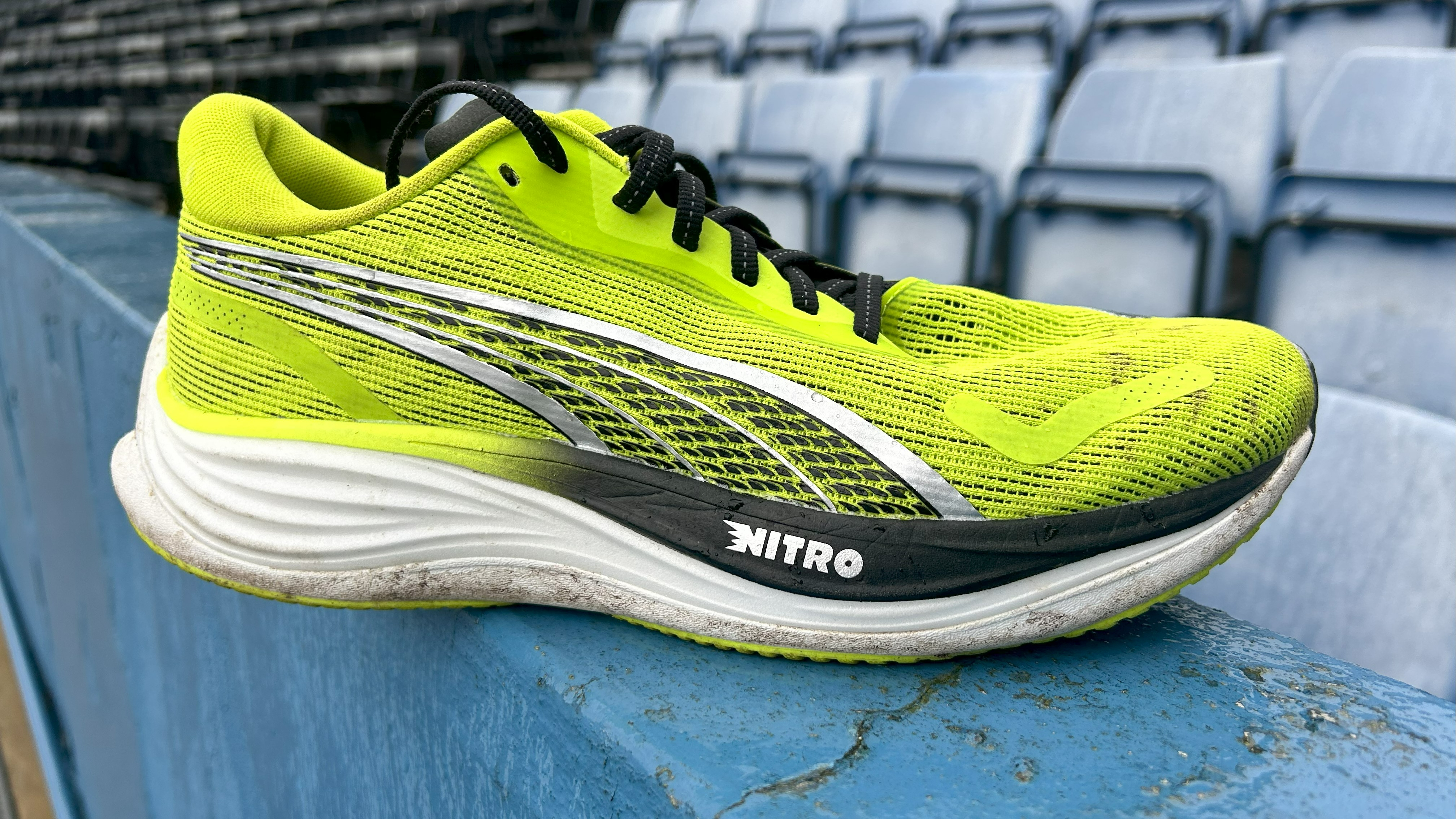
I’ve tested the previous two versions and it does feel like the changes Puma has made here on the third-generation Nitro see it slightly revert to the experience of using the first Velocity Nitro.
Like the Nitro 2, it’s got a 10mm drop but the stack height has changed, moving up a couple of millimeters at both the heel and forefoot and getting you a little further away from the ground. However, in reality, it doesn’t make a notable change in the experience of running in it.
In terms of fit, I’ve found going with my usual size (US 9) to be absolutely fine. It’s the same size I’ve had the original Velocity Nitro and Nitro 2 in and that’s caused me no problems at all.
Like previous shoes, it does look like it runs a touch long, but that’s not how it feels when they’re on. There’s good room around the toes and it offers a really nice hold at the middle of the shoe, with a good level of padding at the heel as well.
Upper
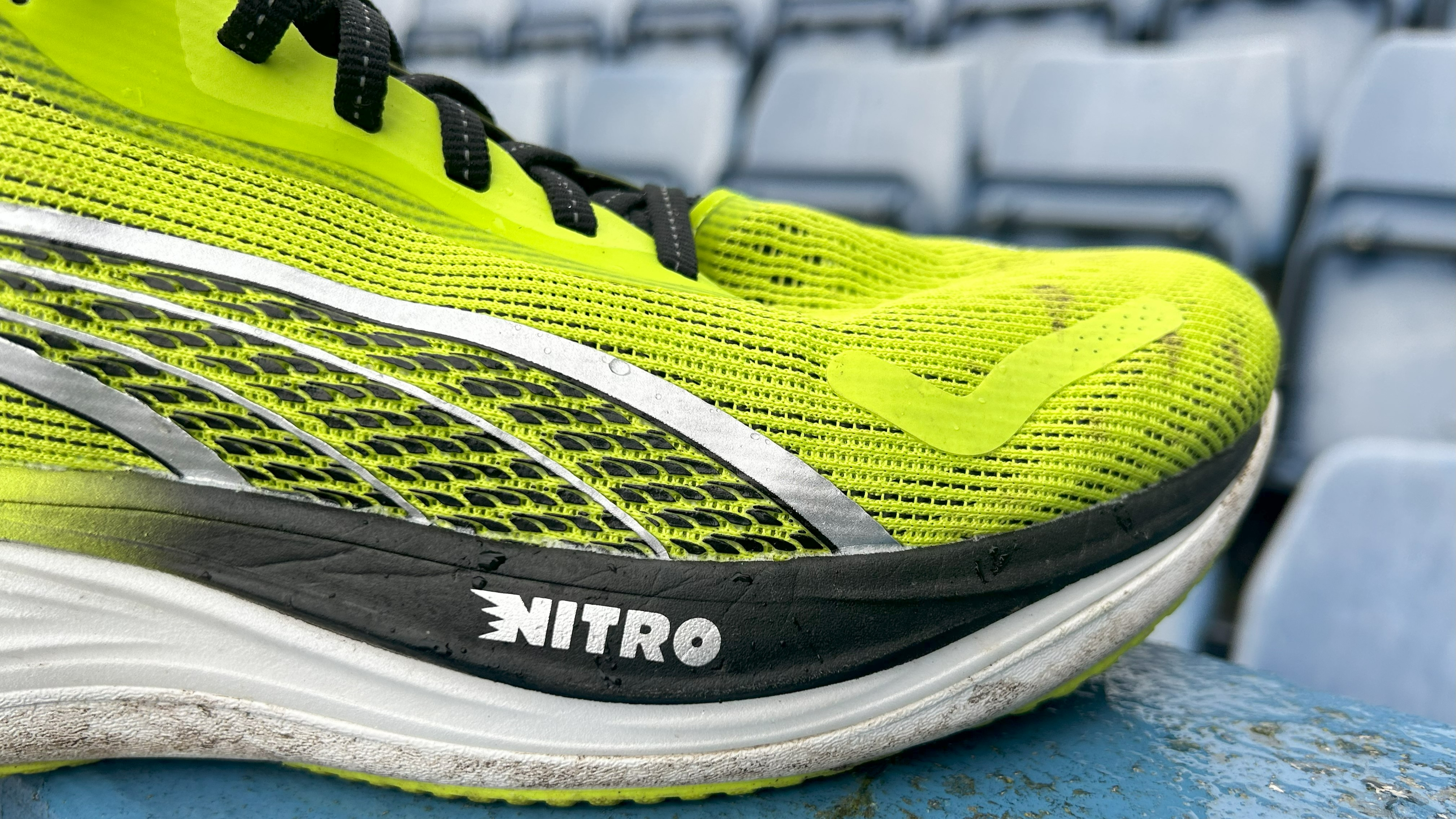
The upper is arguably where the biggest changes lie with the Velocity Nitro 3. Puma has moved away from the more relaxed, snug-feeling one used on the Nitro 2 to something that’s more in keeping with the one it used on the original.
It’s still made from mesh, though Puma has now added its PWRTAPE design, which has previously appeared on its soccer boots and some of its racing-focused shoes, to strategically offer more structure and support at key areas of the foot.
It does noticeably make that upper hug much closer to your feet than the upper on the Nitro 2. Puma matches up a pretty skinny tongue with traditional lacing that does offer a good, secure lockdown.
The amount of padding at the heel hasn’t changed, though it does now sit more narrow, again wrapping a little closer to create that overall more supportive fit.
Midsole
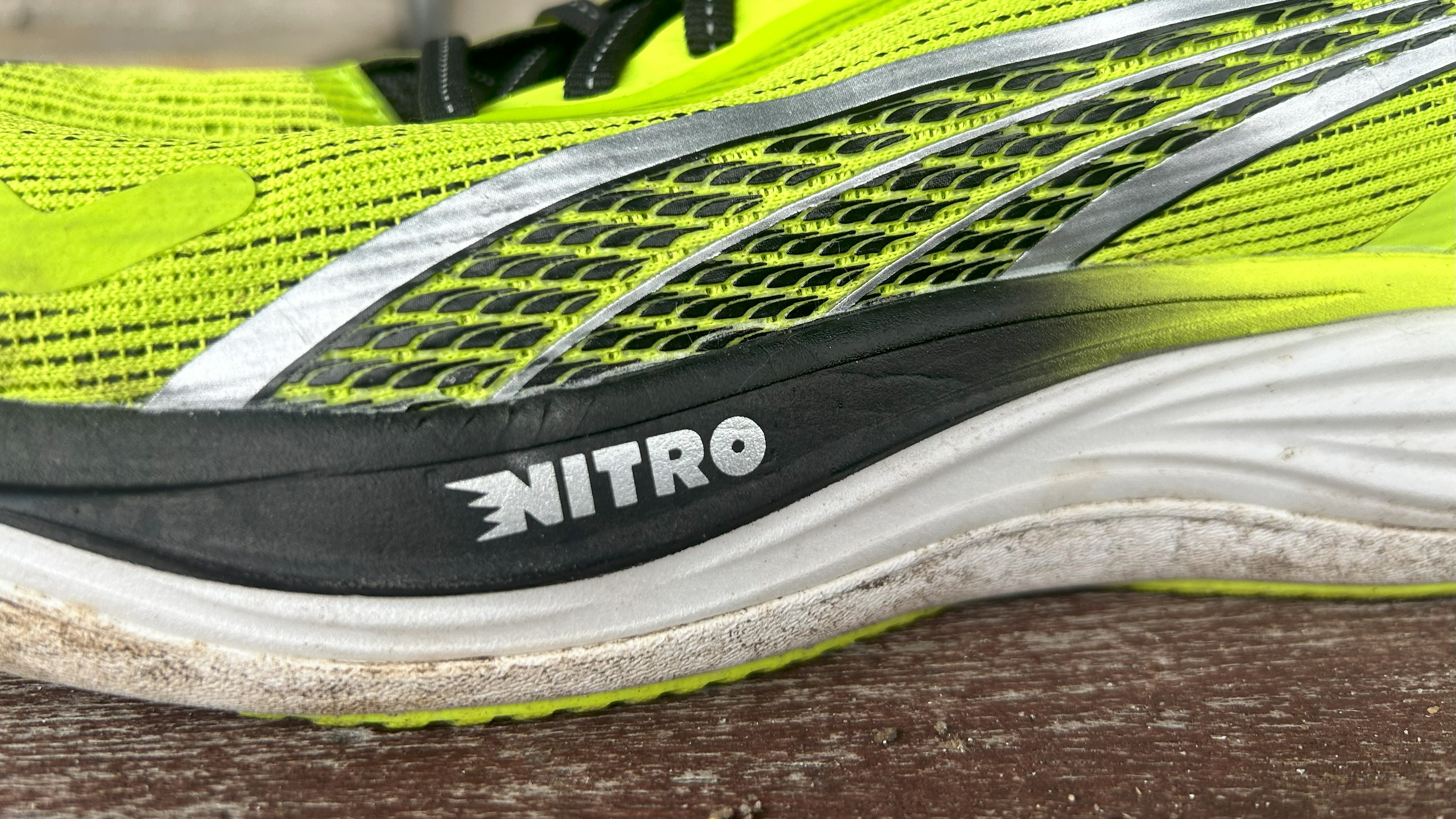
Puma retains the dual-density midsole setup it’s used on previous Velocity Nitro shoes, with a softer and bouncier nitrogen-infused Nitro foam on top and a firmer, more protective EVA-based Pro foam below to also deliver some stability on the move.
Puma is one of the few brands to use nitrogen-infused cushioning technology. Brooks also uses it in its road and trail shoes, while Inov-8 has also packed it into its shoes, and it gives the Nitro 3 a soft yet responsive feeling underfoot compared to traditional cushioning foams.
The change in stack height also means you’re getting a little more of that cushioning technology to help boost the Puma Velocity Nitro 3’s credentials as a shoe you can use for long-distance runs.
Outsole

The outsole on Puma’s latest road running shoes has been a real highlight, offering something that delivers a satisfying level of grip. Puma sticks to a PumaGrip rubber outsole here and has slightly tweaked the outsole pattern.
However, the aim remains the same — to make this a shoe that can handle running on a mixture of terrain without adding substantial weight to the overall design.
I’ve run mainly on roads and pavement, with some lighter trail time thrown in for good measure, and like the previous Velocity Nitros, the outsole on the Nitro 3 is solid.
I ran over 30 miles with it and there are no obvious signs of wear. Puma says the Nitro 3 should last up to 500 miles, so it’s a shoe that promises plenty of mileage before you need to consider replacing it.
Puma Velocity Nitro 3 review: performance
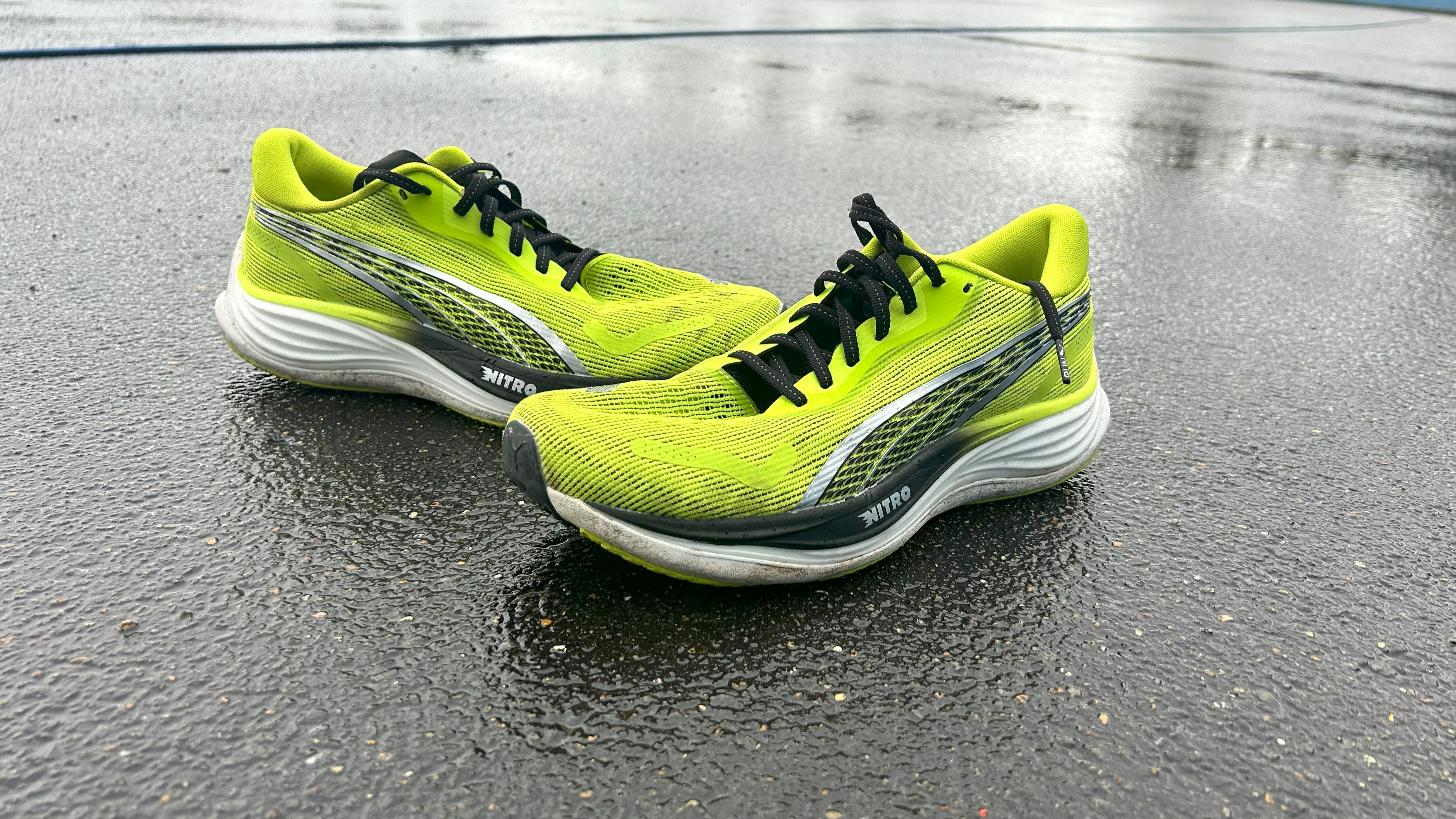
The standout quality of the Velocity Nitro has been its ability to work at a variety of paces and distances. It’s something that can handle more uptempo running and that gives you a level of comfort, protection, and a smooth and stable ride to get through a longer time on your feet.
The most noticeable change from past editions is the feel of the upper. Puma’s tightened things up on the 3, and it definitely sits closer and more snug to your feet. That gives it a more supportive, structured feel overall and that’s welcomed on those extended runs when you start to tire.
That extra Nitro foam definitely aids things on the comfort front when running longer in the Nitro 3 compared to the Nitro 2. The Nitro 2 worked fine for longer distance runs but there’s now more protection and that’s a good thing.
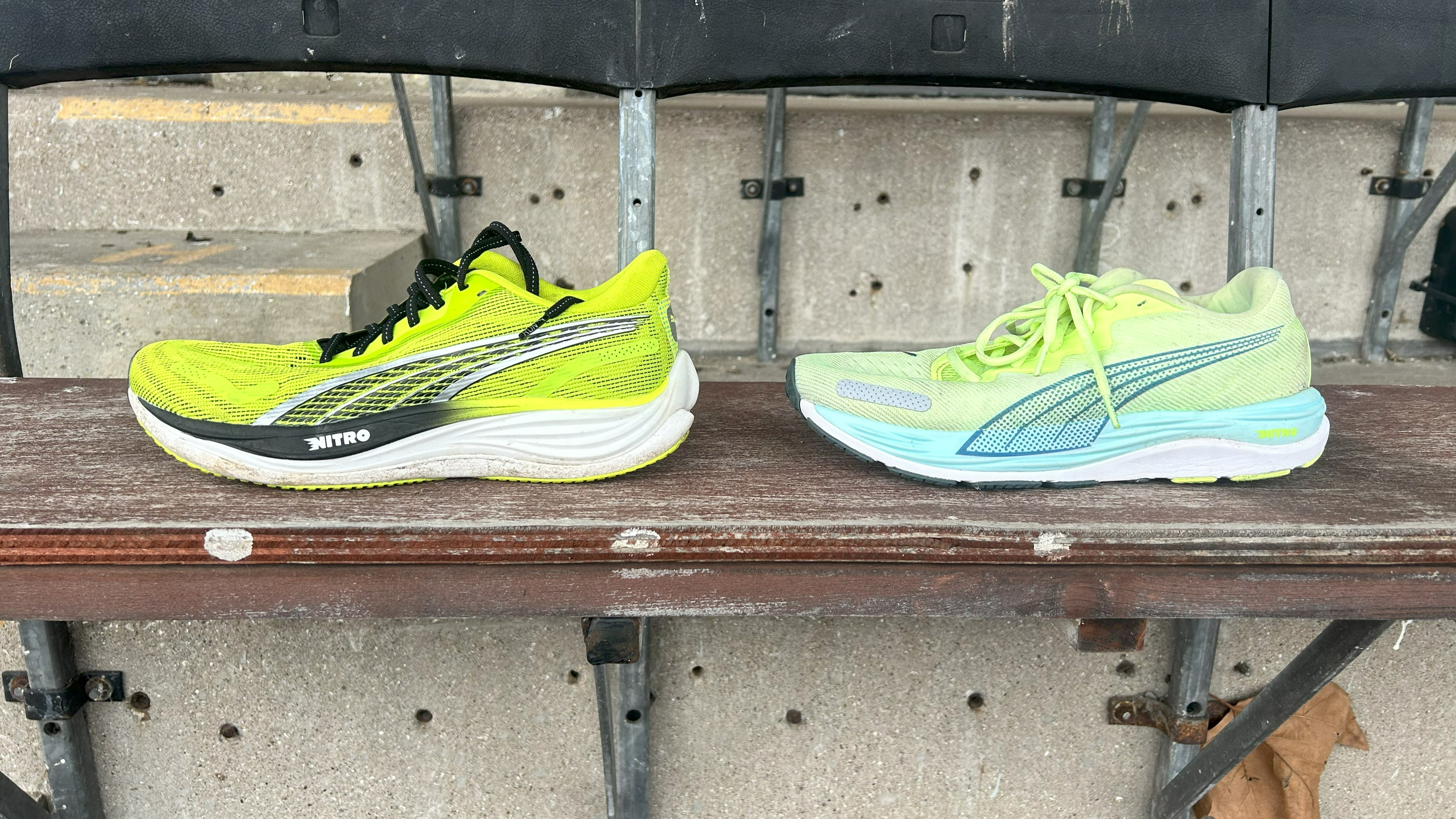
My first run was a 13-mile marathon training run at a pretty comfortable running pace, picking up the pace in places and the Nitro 3 felt smooth, and stable with some good bounce to keep things enjoyable too.
When you do want to pick the pace up, the Velocity Nitro 3 is more than capable. That more responsive layer of Nitro Foam makes its presence felt. Tackling speedwork like intervals or track sessions is more of a challenge, however.
To top things off, you have a really high-quality outsole that grips well on all surfaces and has enough rubber there to handle regular runouts. The midsole and stack changes mean it's heavier, but not enough to make a discernible difference or dramatically alter the runs it’s best suited for.
My UK size 8 weighed 265g/9.3oz compared to 259g/9.1oz on the Nitro 2. The 2 does feel lighter, but in the grand scheme of things the Nitro 3 isn’t a bulky shoe to run in.
Should you buy the Puma Velocity Nitro 3?
The first two Puma Velocity Nitros proved that you shouldn’t judge a shoe on price, as both shoes delivered more than their budget-friendly price suggested. I'm happy to report it's more of the same with the Velocity Nitro 3.
This is still a great, versatile running shoe that’s well-equipped to handle a mixture of speeds and distances, whether you’re a beginner runner or a more seasoned one. The upper changes make it more supportive than the Nitro 2 and like Puma has returned to the vision of the original Nitro.
If you’ve got a budget of around $100 to play with, few shoes beat Puma’s for value. If you can live without the upper changes and like the idea of a slightly lighter shoe, grab the Nitro 2 instead, which is still great and you can pick it up for an even cheaper price now it has a successor.







